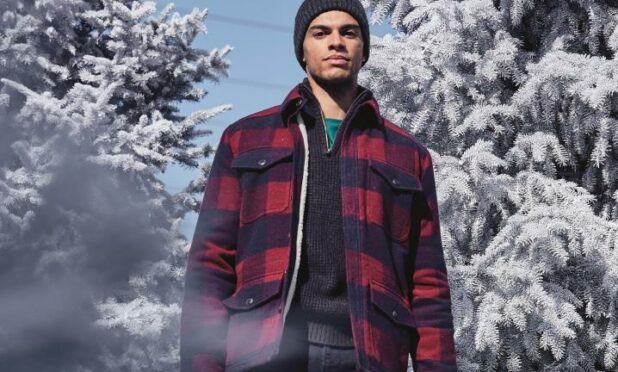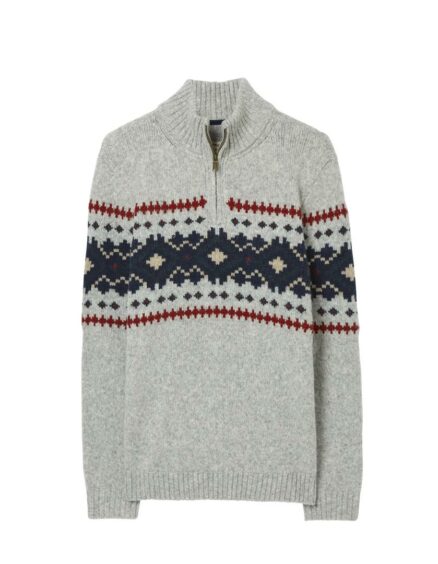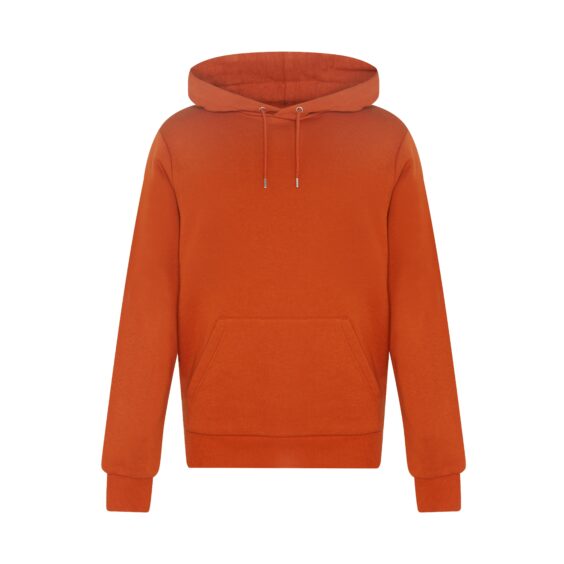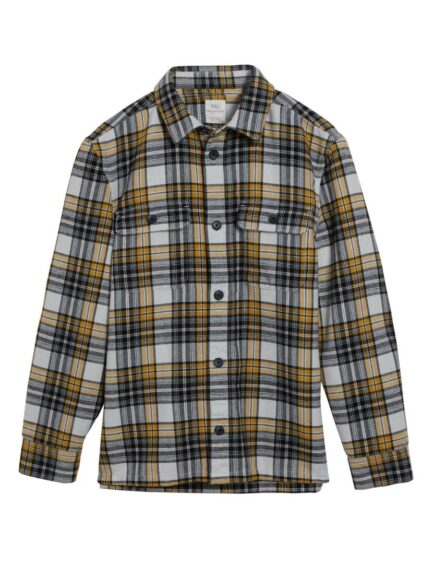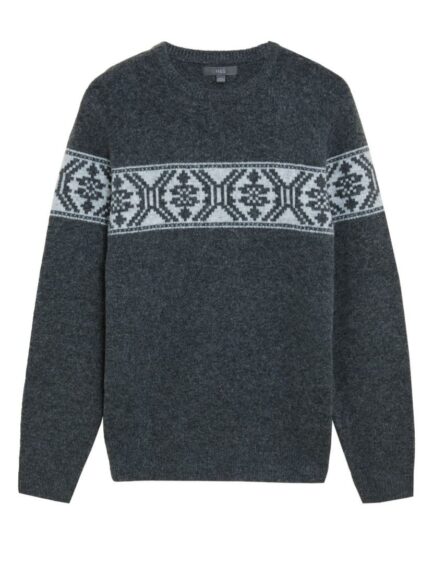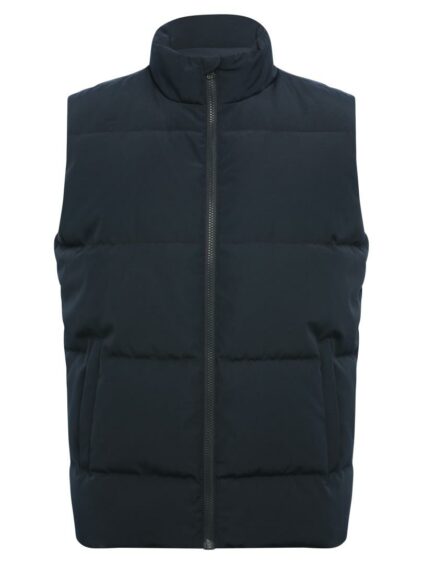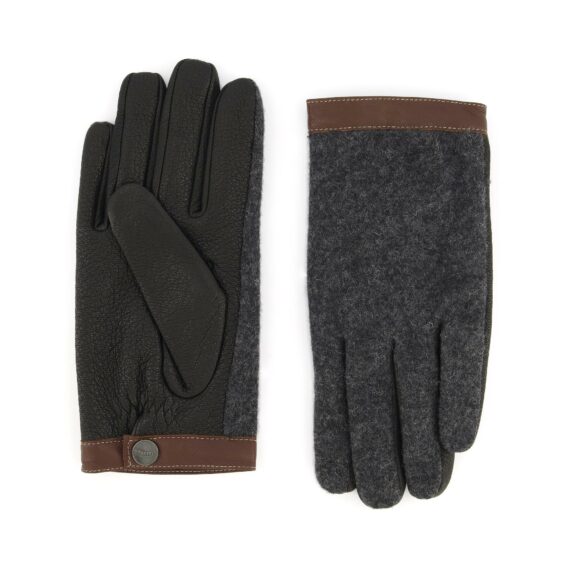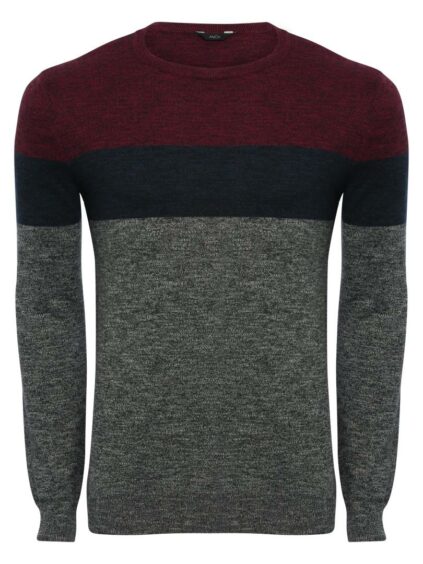Gentlemen, it’s time to talk about layers and wicking.
No, they are not medical terms or anything to do with DIY – they are what’s going to keep you warm and dry through the winter months.
As the temperature drops, you could go for one massive puffy anorak, but if you’d rather not look like the Stay-Puft Marshmallow Man from Ghostbusters, then layers are the way to go.
By layers, we mean wearing well-chosen separates all at the same time, for example a vest, a shirt, a sweater, a jacket and a gilet.
It keeps you warm because heat is retained between the layers, and each layer can be relatively thin, which makes for a less unwieldy outfit.
It also means that as you go between different heat zones, say from the match, to the car, to the shops, to the cafe, you can cast a layer and won’t have a big bulky coat to manage.
What materials should you be wearing?
Now, you’re on board with layers, let’s get technical because it’s not so much the style and cut of the garment that matters, but the material.
Your base layer at least should be a wicking material, meaning it will pull moisture away from your skin and move it to the outer layers to evaporate, so that sweat doesn’t cling to you, making you cold and uncomfortable.
Each layer needs to play its part in this process – it’s not an outfit, it’s a system.
Good wicking fabrics include polyester, Merino wool and silk.
So now you’ve got an excuse to invest in some silk boxers – just say you’re “following the science”.
Our top picks:
